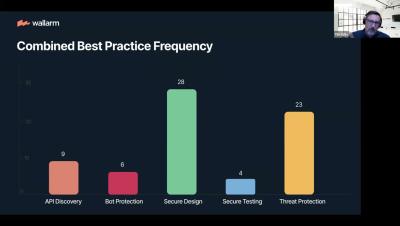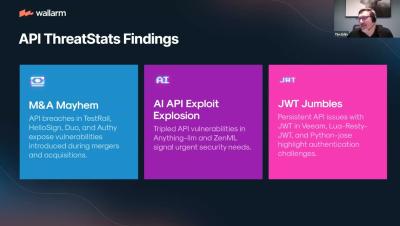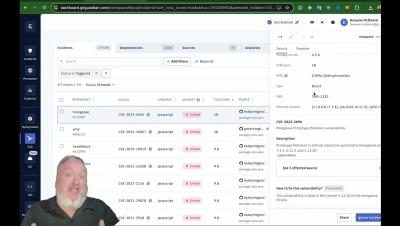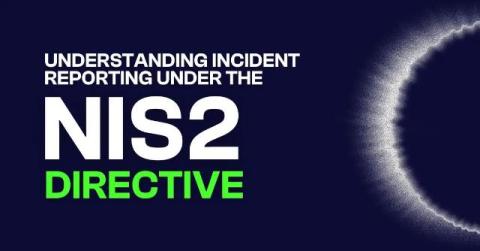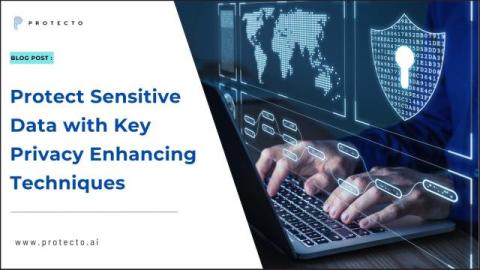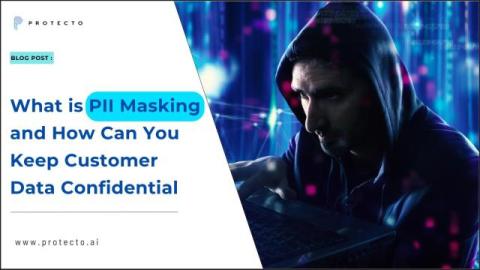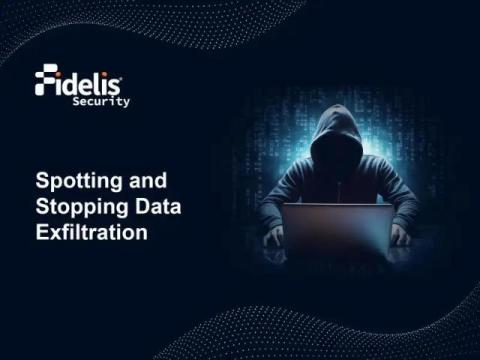A CISO's Checklist For Securing APIs And Applications
Building a robust API and application security program is a key objective for security leaders in any market. But developing and maintaining an effective security program for your APIs and web applications requires: - A deep understanding of the right approach to implementing API and application security.


